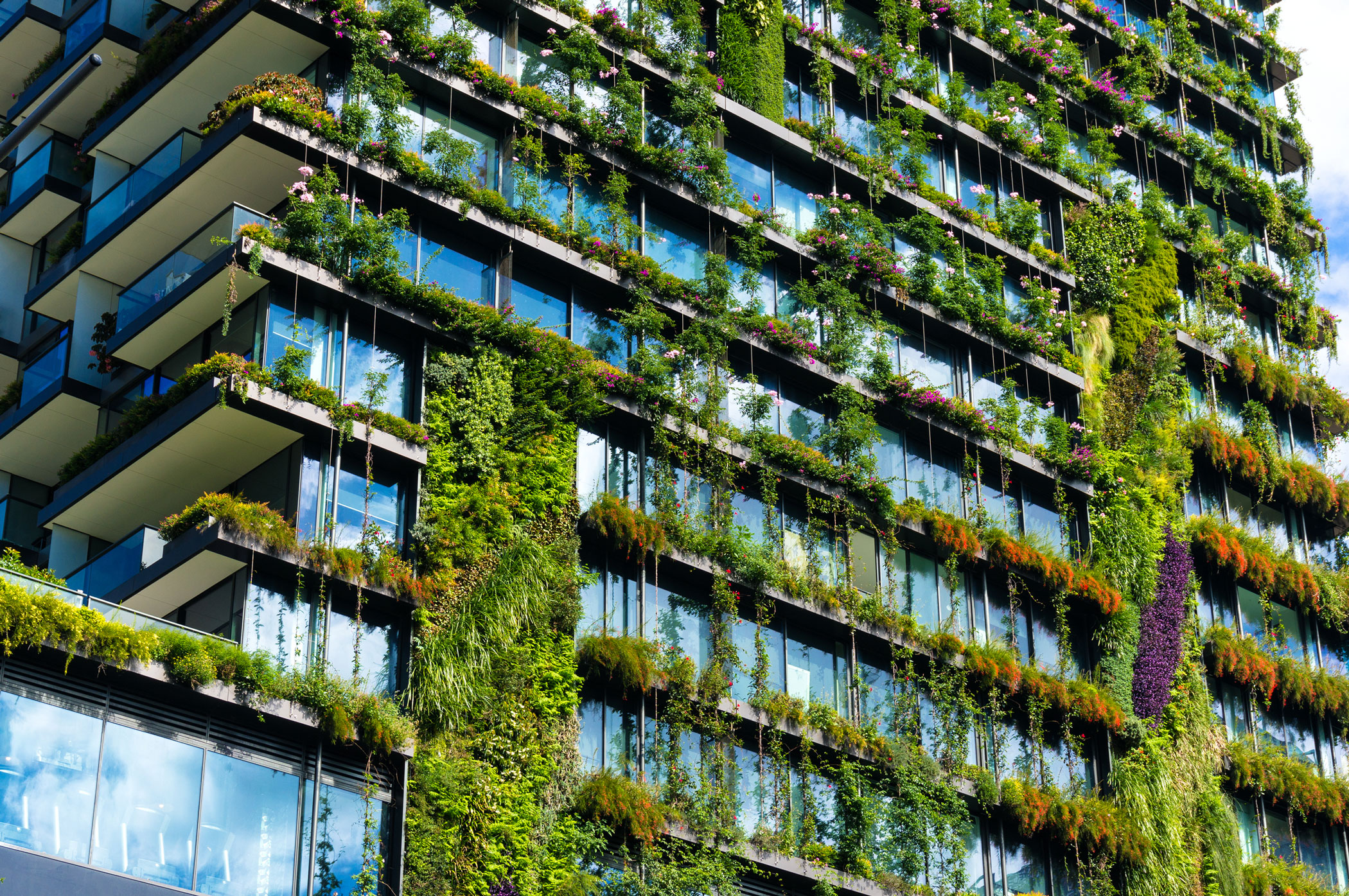Futuristic Green Building Materials
As the world becomes more aware of the importance of sustainable living, the demand for futuristic green building materials is on the rise. These materials not only reduce the environmental impact of construction but also offer innovative and energy-efficient solutions. In this article, we will explore some of the most exciting green building materials available today.
1. Bamboo
Bamboo is a versatile and sustainable material that has gained popularity in recent years. It is strong, lightweight, and grows rapidly, making it an ideal alternative to traditional timber. Bamboo can be used in various applications, from flooring and furniture to structural elements like beams and columns. Its natural aesthetics also add a touch of elegance to any building design.
2. Hempcrete
Hempcrete, made from the woody core of the hemp plant, is an eco-friendly alternative to concrete. It has excellent thermal insulation properties and is breathable, allowing moisture to escape and reducing the risk of mold growth. Hempcrete is also carbon-negative, as the hemp plant absorbs more carbon dioxide during its growth than is emitted during the production process.
3. Transparent Solar Panels
Traditional solar panels are often bulky and can be an eyesore. However, transparent solar panels offer a more visually appealing solution. These panels can be integrated into windows, allowing natural light to enter while generating electricity. With advancements in technology, transparent solar panels are becoming more efficient and affordable, making them a promising green building material for the future.
4. Self-Healing Concrete
Self-healing concrete is a groundbreaking material that can repair cracks and damage on its own. It contains bacteria or capsules filled with healing agents that are activated when cracks form, filling the gaps and restoring the material’s structural integrity. This innovative solution not only extends the lifespan of concrete structures but also reduces the need for maintenance and replacement, making it both cost-effective and sustainable.
Conclusion
With the increasing focus on sustainability, futuristic green building materials are revolutionizing the construction industry. Bamboo, hempcrete, transparent solar panels, and self-healing concrete are just a few examples of innovative materials that offer energy-efficient and eco-friendly alternatives. By embracing these materials, we can create a more sustainable future while still enjoying aesthetically pleasing and functional buildings.
